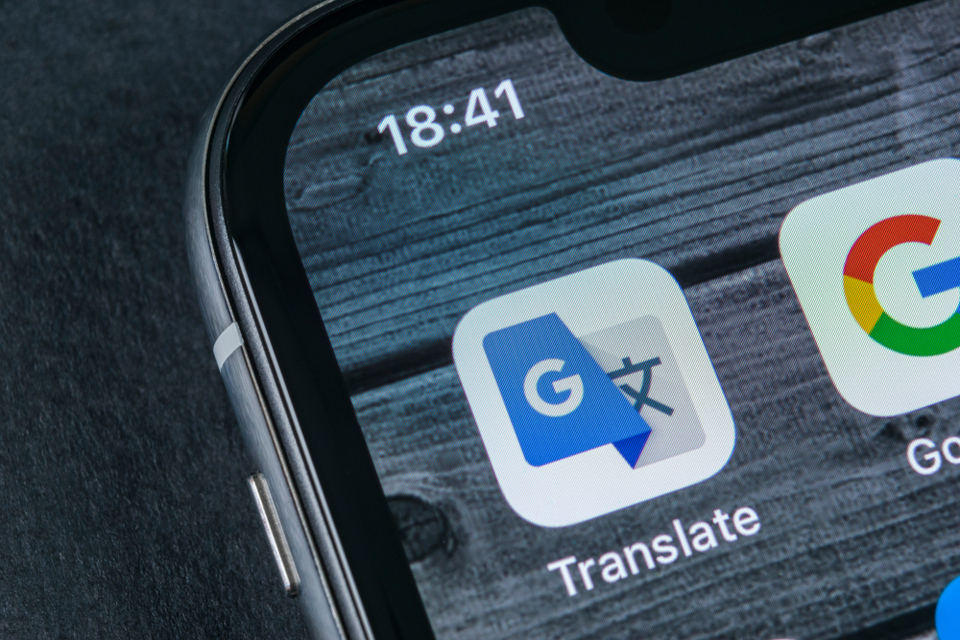Information is an essential tool in fighting the current pandemic.
As such, governments, officials, and health organizations across the world are continually updating their websites. Along with offering COVID-19 updates, these agencies also provide access to additional resources to help curb the spread of the disease.
Unfortunately, these bodies often lack the time or funding to translate their content into other languages. And this can prevent valuable information from reaching a wider audience.
What’s more, a few pieces of content that are available in a document format — such as pdf or doc — require an extra step to translate.
Now, Google has devised a solution to this problem. The search engine giant has decided to resume support for its Google Translate website translator widget.
In a blog post announcement, executives from the company wrote:
“To help these webmasters reach more users, we’re reopening access to the Google Translate Website Translator—a widget that translates web page content into 100+ different languages.”
There’s more!
Google Translate Widget Usage to be Restricted to Non-Commercial Use
According to Google, the Translate’s website translator uses the latest machine translation technology. Not only is it easy to integrate, but Google is also making it free to use.
With that said, the tech company says it’s restricting the widget’s usage to government and non-profit agencies. Also, the widget will be available to non-commercial websites, such as academic institutions, that focus on COVID-19 responses.
Aside from translating content on a website, Google Translate also offers the option to translate document. Supported document format include .doc, .docx, .odf, .pdf, .ppt, .pptx, .ps, .rtf, .txt, .xls, as well as .xlsx.
If your website meets the requirements for using the Website Translator widget, consider signing up here. But, if that’s not the case, Google recommends using Google Cloud Translation API to translate your content.
In the end, the tech company reminds users that the translations aren’t always perfect. “So please use your best judgment when reading any content translated via Google Translate.”



















Comments (0)
Most Recent